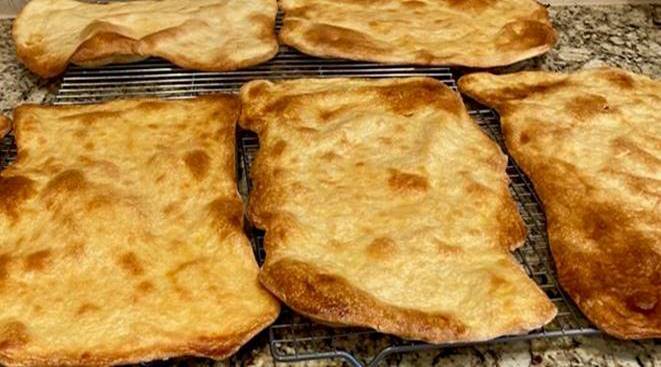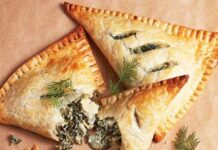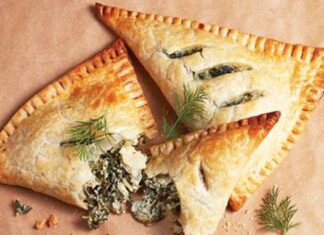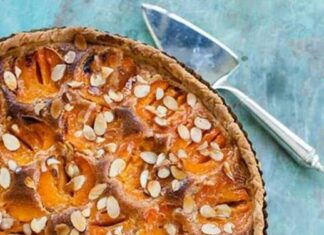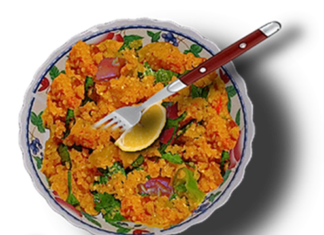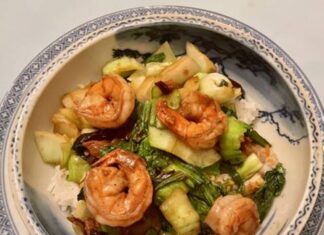“As in many cultures of the Caucasus and Middle East, bread and wheat are important elements of Armenian lifecycle events and festivals. Families offer bread and salt to their houseguests to welcome them. Hosts of births and weddings serve or display wheat kernels and special stews and breads. A new bride has a piece of lavash placed on her shoulders, signifying luck, wealth, and the new life she will bring into the family,” says Rebecca Wall at Smithsonian Magazine.*
“To break bread with someone is to share a common experience, and to experience Armenia you have to witness the baking and enjoy the simple pleasures of lavash. Many Armenian words and expressions derive from the simple, yet significant, act of breaking bread. For instance, the word for a gathering or party, utel-khmel, literally translates to ‘eat-drink.’ The word for friend, enker, means ‘eating together.’ Foods create and mark relationships and identity-wife and husband, family, community, nation.”
“Making lavash requires flour, water, sometimes yeast, the wood-fired tonir oven, and time, but preparations differ almost from village to village. Just as Armenia’s mountainous South Caucasus terrain creates multiple distinct microclimates that nurture diverse plant and animal species, so too did the mountains create a historic diversity in cultures and foods. Neighboring villages were isolated by cliffs and gorges, so each developed different ways of baking this seemingly simplest of foods,” adds Rebecca.
This culinary range traveled with Armenians around the world. Armenian-American author and retired journalist Doug Kalajian recalls of his mother Sylvia’s variation: “Her lavash was tremendously different from other lavash, even from the lavash baked in the next village where my father’s family was from. Her memorable recipe was rich, buttery, and flaky.” Doug and Robyn Kalajian write the successful blog, The Armenian Kitchen, chronicling food and memories through traditional Armenian recipes from around the world.
“It’s also something of a family treasure, handed down by Doug’s mother Sylvia who learned it from her clan’s master chef, Aunt Baidzar Doramajian. We’d hate to see it turned into some sort of snack cracker, or worse. So please, let’s keep this between us,” says Robyn.
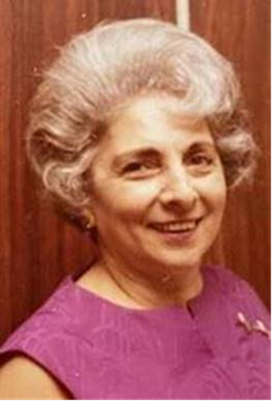
“This lavash is flaky cracker bread rather than the soft, foldable type. It’s perfect with Armenian string cheese – or any cheese you like – and goes well with Armenian coffee or tea,” adds Doug.



